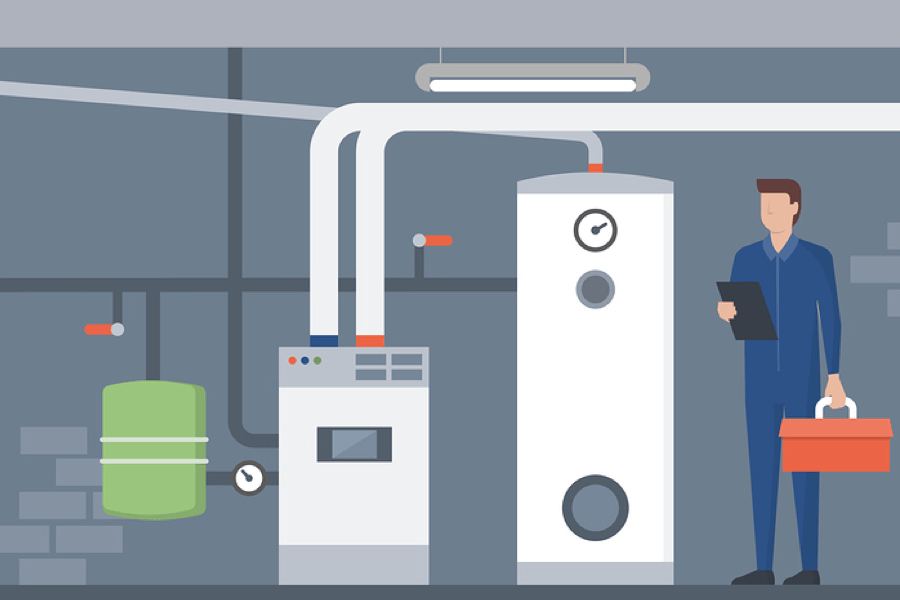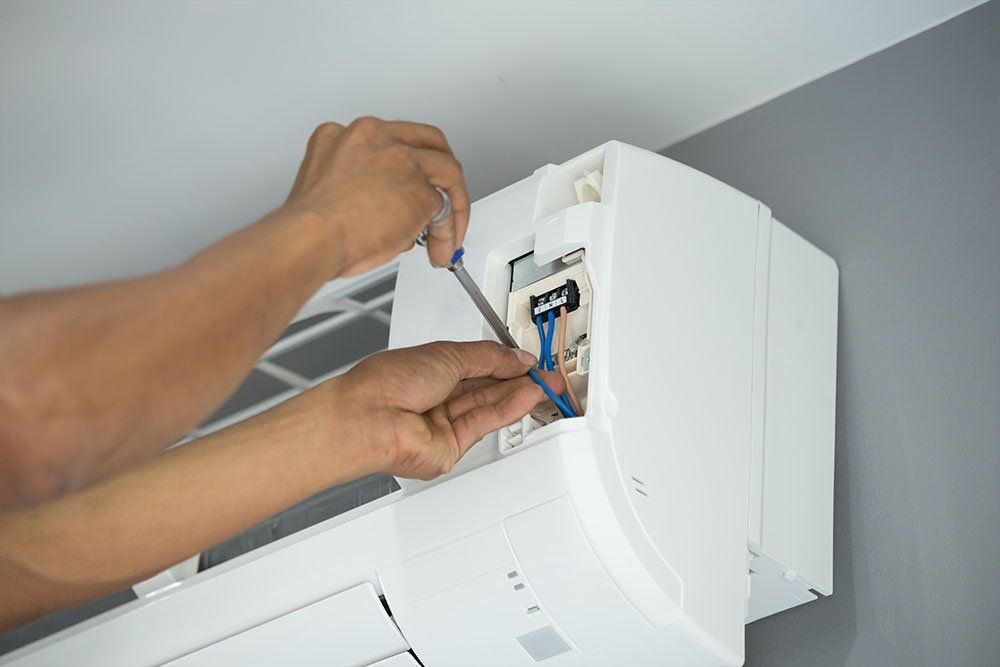What’s the difference between a heat pump and air conditioner?
The difference between a heat pump and the air conditioner is the valve.
At first glance, a Heat Pump and Air Conditioner appear nearly identical. However, one functions with greater versatility. The Heat Pump not only provides heating and cooling like an air conditioner but also has the ability to reverse the refrigeration cycle, allowing it to provide both heating and cooling functions from the same unit. This means that a Heat Pump can be a more efficient and cost-effective option for home comfort, as it can effectively regulate indoor temperatures throughout the year. Additionally, the versatility of a Heat Pump extends to its ability to provide dehumidification, improving indoor air quality and comfort. In contrast, while an air conditioner is an effective cooling system, it lacks the ability to provide heating and dehumidification, making it less versatile in terms of home comfort solutions. Therefore, when considering options for your home's heating and cooling needs, the greater versatility of a Heat Pump should be carefully considered.
While the heat pump and the air conditioner both rely on the fundamental refrigeration principle and share identical cooling mechanisms, they differ in one key aspect: the direction of operation. In a heat pump, a reversal in refrigeration direction results in warm air being circulated through the vents inside your home!
Unlike an air conditioner, a heat pump is equipped with a reversing valve that automatically alters the direction of the refrigerant flow to provide heating instead of cooling. The refrigeration cycle operates on the principles of heat transfer from hot to cold, and the expansion of a liquid into a gas extracting heat from its environment. In the heating mode, the reversing valve switches the refrigerant to absorb heat from the outside air, causing the outdoor coil to become cold. This is in contrast to the cooling mode, where heat is drawn from the indoor air by the indoor coil.
The functions of a heat pump:
1. The reversing valve changes the direction of the refrigeration cycle, causing the outside coil to function as the evaporator and the indoor coil to function as the condenser.
2. As the refrigerant flows through the outdoor coil, the refrigerant changes from a gas to a liquid as it absorbs heat from the outside air.
3. Although outside temperatures are cold, enough outdoor heat energy is absorbed by the chilled external coil and released inside by the warm indoor coil in the air handler.
4. Cool air from the inside of your house is pulled into duct work by a motorized fan in the air handler.
5. Once the heat energy is transferred from the indoor coil to the cool indoor air, it becomes warm.
6. A pump, called a compressor, is used to move the refrigerant between the two coils and to change the pressure of the refrigerant.
7. This warm air is pushed through connecting ducts to air vents throughout the home, increasing the interior temperature until it reaches the set point on your thermostat or control system.
8. When the indoor temperature reaches the set point on your thermostat or control system, the heat pump pauses until your indoor air gets too cold.
9. The refrigeration cycle continues, year after year, providing a consistent method to keep you warm.
If you are looking for a dependable energy efficient system, a heat pump can make an excellent choice. Not sure exactly what to choose from? You can turn to your neighbors at Climate Control Services in Elgin, IL. We will provide you with the best year round comfort for any home and budget that is built to last!
You might also like
HVAC Blog | Climate Control Services LLC




